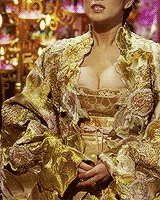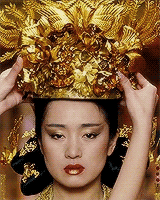5-18-17 // An Ode.




5-18-17 // An ode.
More Posts from Othermanymore and Others

lakshmi menon in vanity fair italy, 2011
i just want to look like her









Dolce and Gabbana Alta Moda spring 2016 part 1
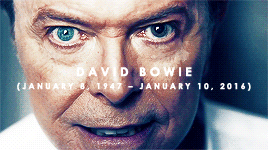

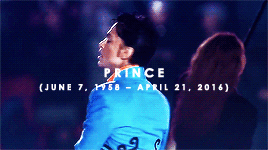
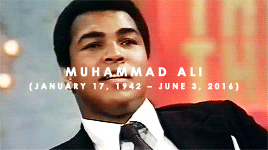
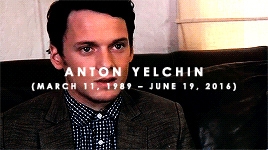
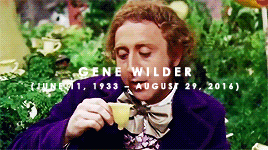
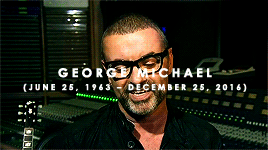
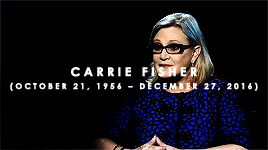
In memory of some of the amazing, talented and beautiful people we have lost this year. May they rest in peace.
When I was beginning to discover languages, I had a romanticized view of words like “speak” and “fluency”. But then I realized that you can be nominally fluent in a language and still struggle to understand parts of it. English is my first language, but what I really spoke was a hybrid of teenage slang and Manhattan-ese. When I listen to my father, a lawyer, talk to other lawyers, his words sound as foreign to me as Finnish. I certainly couldn’t read Shakespeare without a dictionary, and I’d be equally helpless in a room with Jamaicans or Cajuns. Yet all of us “speak English.” My linguistics teacher, a native of Poland, speaks better English than I do and seems right at home peppering his speech with terms like “epenthetic schwa” and “voiceless alveolar stops”. Yet the other day, it came up that he’d never heard the word “tethered”. Does that mean he doesn’t “speak” English? If the standard of speaking a language is to know every word — to feel equally at home debating nuclear fission and classical music — then hardly anyone is fluent in their own native tongues.
Tim Doner (
x
(via laurencombeferre)




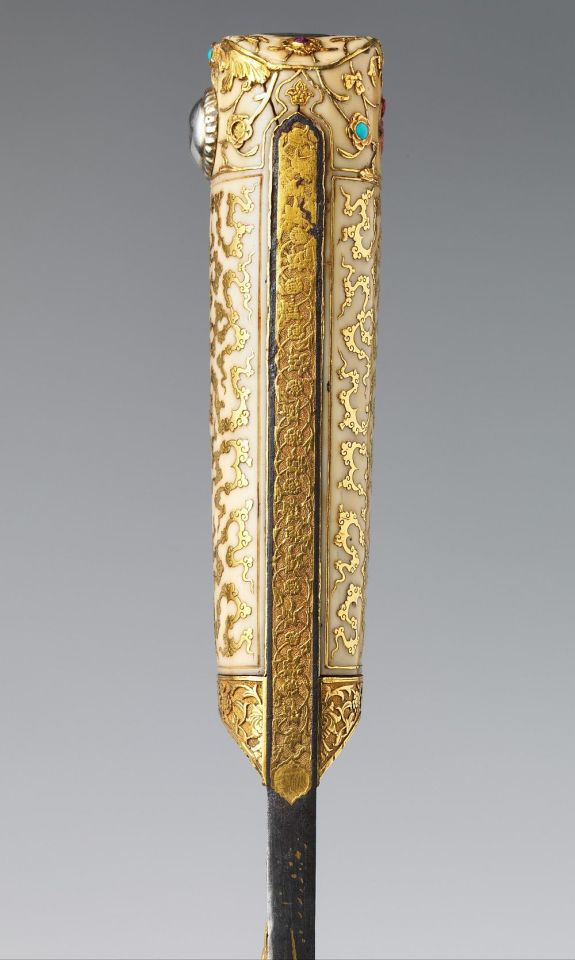
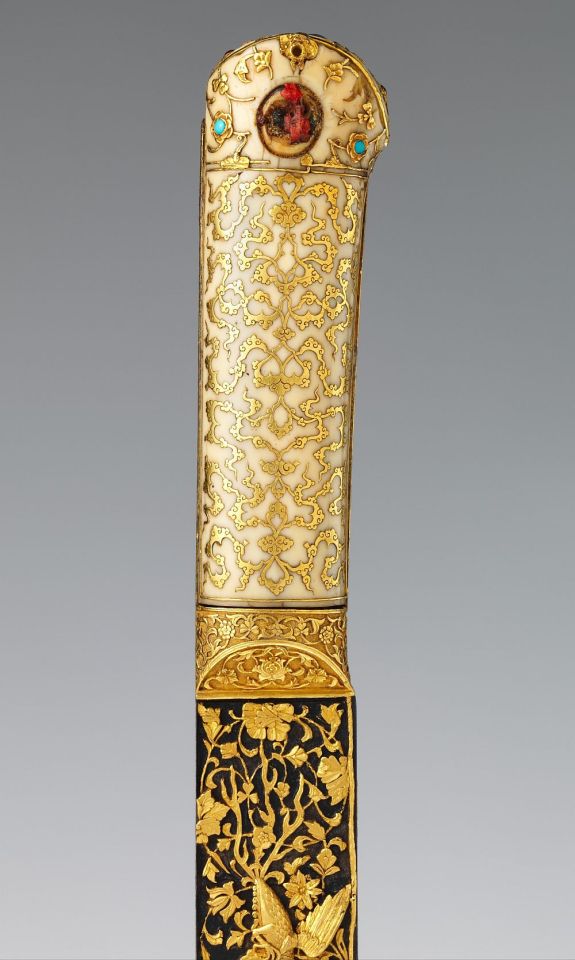




Yatagan Sword from the Court of Süleyman the Magnificent (reigned 1520–66)
Dated: circa 1525–30
Sword maker: Workshop of Ahmed Tekelü (possibly Iranian, active Istanbul, ca. 1520–30)
Geography: Istanbul
Culture: Ottoman, Istanbul
Medium: steel, gold, ivory (walrus), silver, turquoise, pearls, rubies
Measurements: overall length 23 3/8 inches (59.3 cm); blade length 18 3/8 inches (46.7 cm); weight 1 lb. 8 oz. (691 g)
Exquisite workmanship and lavish use of precious materials distinguish this sword as a princely weapon and exemplifies the opulence and refinement of Ottoman luxury arts. Almost identical to a yatagan (now in the Topkapi Palace, Istanbul) made in 1526–27 by the court jeweller Ahmed Tekel, for the Ottoman sultan Süleyman the Magnificent (r. 1520–66), this sword was undoubtedly made in the same imperial workshop.
The gold incrustation on the blade depicts a combat between a dragon and a phoenix against a background of foliage scrolls. These figures, like the gold-inlaid cloud bands and foliage scrolls on the ivory grips, are Chinese in inspiration, and were probably introduced into Ottoman art through contacts with Persia.
This sword is one of the earliest known yatagans, distinctly Turkish weapons characterised by a double-curved blade and a hilt without a guard. Yatagans were commonplace in Turkey and the Balkans in the eighteenth and nineteenth centuries and served as sidearms for the elite troops known as Janissaries.
Source: Copyright © 2016 Metropolitan Museum of Art
100 Resources to Help You Write Your Novel
The biggest challenge to writing a novel is enduring to the final two words—THE END. Between the first line and the last are questions, choices, doubts. Sometimes they get the better of us, sometimes and we quit before the draft is complete.
The following articles contain insights, inspiration, maps and methods, answers to questions, and myriad tools to get unstuck.
The Idea
Story arises from the impetus that starts the imagination on a quest to create a world in which the idea can grow in a movement toward meaning. Learn how to generate, recognize, and test your story ideas.
The Idea
Where Ideas Come From
Follow the Story
Keeping Confidence When Sails Deflate
What If?
What’s In A Title?
Storm Clouds
Wrong Turn
Obsession
Turn A Taboo
Cerebral Cinema
Heard It Through the Grapevine
Enter Stranger
Mad, Mad World
The Myth of Marital Bliss
A Picture’s Worth 1000 Words
Quotes for Writers
Photo Gallery Prompts
Theme & Premise
Theme is the tangential force that unifies story elements and instills those elements with meaning. From theme, the writer weighs in with a premise, and the story gains its philosophical, psychological, or spiritual spine. A well-crafted premise forces the writer to identify a main character, a central conflict, and a general plot. Like a mini-outline, the premise illuminates the story’s best course.
Understand the dynamics of theme and premise, learn how to differentiate and utilize the two.
Every Story Needs a Theme
Two Sides To Every Story
All-American Theme
How to Write a Story Premise
Plot Structure & Development
Story is a record of years, weeks, days, while plot derives and conveys meaning from a span of years, weeks, days. A hero wants something, goes after it despite opposition, and arrives at a win, lose, or draw. Unlike a chronicle of events (when someone says this happened, then this, then that) plot is dynamic. Plot is an interplay of forces coming together, pushing against each other, incrementally advancing while simultaneously coming to a boil, and ultimately achieving equilibrium.
Discover how to maximize the physics of drama.
The Physics of Drama
Plot Structure in Three Acts
Plot: The Inciting Incident
Plotting Your Novel’s Middle
Plotting the End of the Middle
Plotting the End
Something Happened
The Moment of Clarity
Filling the Emotional Void
Balancing the Plot Triad
Balancing the Plot Triad Part II
Creativity Abhors a Box
The Outline
An outline provides milestones along a story’s route and makes sure the writer hits his plot points while steering clear of detours. Of course, some wrong turns amount to genius, but an outline can help to identify what is genius and what is superfluous.
To Outline or Not To Outline
The Outline as Plot Development
Outline in Three Acts
Outlining The Ten Story Elements
Outlining The Ten Story Elements Cont’d
Creating Characters
Knowing what your characters need from you to take on a distinctive persona is integral to their creation and the success of your novel.
What goes into a great first line—a line so promising that readers commit to the next two chapters?
Characters & Plot
Memorable Characters
Identifiable Characters
Test of Time
The Character Profile
From Backstory to Front
The Heart of Character
Prince By Palace
Thoughts
Body Language
As A Man Speaks
Words Portray Character
Opinions
Actions
Through Another’s Eyes
Pressure
Character Check
A Unique Brand of Nice
Creating Funny Characters
The Fatal Flaw
Fatal Flaws in Literature, Film, & Television Characters
The Character Arc
The Enneagram Personalities
The Enneagram in Literature
By Any Other Name
Fiction’s Best Characters
Joseph Heller’s Yossarian from Catch-22
Anne Tyler’s Maggie Moran from Breathing Lessons: A Novel
The Lead
What goes into a great first line—a line so promising that readers commit to the next two chapters?
Your Novel’s All-Important Lead
Begin With Character
Begin With Place
Begin With Questions
Begin With Answers
Begin With The Problem
Begin With The Unprecedented
Pencil In a Title
7 Ways NOT to Begin Your Novel
100 Best Opening Lines
The Ending
What goes into a great ending—an ending so satisfying that readers commit to buying your next novel?
Endings Part I
Endings Part II
100 Best Novel Endings
Dialogue
The dos and don’ts of writing dialogue that will move your story forward while establishing characters.
Dialogue Part I
Write Between the Lines
Dialogue Is Adversarial
Internal Monologue
He Said, She Said
Dialogue Checklist
Humor
Everyone enjoys a laugh, but some writers are better than others when it comes to getting a chuckle from their readers. As E.B. White wrote, “Humor has a certain fragility, an evasiveness which one had best respect.” But understanding the patterns and repetitions that breach expectations, writers are able to craft the benign violations that tickle the brain and add to the texture of any genre piece.
Humor in Literature
The 1, 2, 3 of Humor
Humorous Imagery
Humorous Word Choice and Arrangement
Words With a Humorous Ring
Characters That Get Us Laughing
Humor Writing Exercises
Edits & Revisions
Editing is everything. Know what to look for and how to self-edit your novel.
Editing Your Manuscript
Editing Your Manuscript Part II
Re-Vision
Re-Vision Part II
Editing Checklist
TWITTER I FACEBOOK I GOOGLEPlus I PINTEREST I WEBSITE

The Outsider’s Mark (x)
Another one that has been a long time coming! I LOVE the Dishonored games, so it had to be done at some point ;)
-
 notit77 liked this · 1 week ago
notit77 liked this · 1 week ago -
 branwyn-says liked this · 1 week ago
branwyn-says liked this · 1 week ago -
 livenudebigfoot reblogged this · 1 week ago
livenudebigfoot reblogged this · 1 week ago -
 coffeecloudedfields reblogged this · 3 weeks ago
coffeecloudedfields reblogged this · 3 weeks ago -
 ravensvalley liked this · 1 month ago
ravensvalley liked this · 1 month ago -
 fairyfaves reblogged this · 1 month ago
fairyfaves reblogged this · 1 month ago -
 fuerimmer-andeiner-backe reblogged this · 2 months ago
fuerimmer-andeiner-backe reblogged this · 2 months ago -
 made-of-starlight-taylor-swift liked this · 3 months ago
made-of-starlight-taylor-swift liked this · 3 months ago -
 eeducklings reblogged this · 3 months ago
eeducklings reblogged this · 3 months ago -
 fofoqueirah reblogged this · 3 months ago
fofoqueirah reblogged this · 3 months ago -
 fofoqueirah liked this · 3 months ago
fofoqueirah liked this · 3 months ago -
 hitomikisugi reblogged this · 3 months ago
hitomikisugi reblogged this · 3 months ago -
 crimsonblackrose reblogged this · 3 months ago
crimsonblackrose reblogged this · 3 months ago -
 rtb21 liked this · 3 months ago
rtb21 liked this · 3 months ago -
 azsnowmann liked this · 3 months ago
azsnowmann liked this · 3 months ago -
 audreythetealovingcat reblogged this · 3 months ago
audreythetealovingcat reblogged this · 3 months ago -
 audreythetealovingcat liked this · 3 months ago
audreythetealovingcat liked this · 3 months ago -
 solar-beam-me-up-scotty reblogged this · 3 months ago
solar-beam-me-up-scotty reblogged this · 3 months ago -
 ninizilla reblogged this · 3 months ago
ninizilla reblogged this · 3 months ago -
 urlocalprocrastinator liked this · 3 months ago
urlocalprocrastinator liked this · 3 months ago -
 mochisquish reblogged this · 3 months ago
mochisquish reblogged this · 3 months ago -
 daengeli liked this · 4 months ago
daengeli liked this · 4 months ago -
 neptunianfairy liked this · 5 months ago
neptunianfairy liked this · 5 months ago -
 yeahshedo liked this · 7 months ago
yeahshedo liked this · 7 months ago -
 arcaline reblogged this · 7 months ago
arcaline reblogged this · 7 months ago -
 arcaline liked this · 7 months ago
arcaline liked this · 7 months ago -
 trash-eating liked this · 7 months ago
trash-eating liked this · 7 months ago -
 xanax-daydreams reblogged this · 7 months ago
xanax-daydreams reblogged this · 7 months ago -
 dead-gods liked this · 7 months ago
dead-gods liked this · 7 months ago -
 aerokiinesis reblogged this · 7 months ago
aerokiinesis reblogged this · 7 months ago -
 westthedeer reblogged this · 7 months ago
westthedeer reblogged this · 7 months ago -
 phytose reblogged this · 7 months ago
phytose reblogged this · 7 months ago -
 sylverfyre824 liked this · 7 months ago
sylverfyre824 liked this · 7 months ago -
 melsteras liked this · 7 months ago
melsteras liked this · 7 months ago -
 atlin-x liked this · 7 months ago
atlin-x liked this · 7 months ago -
 nyull-paradox reblogged this · 7 months ago
nyull-paradox reblogged this · 7 months ago -
 nyull-paradox liked this · 7 months ago
nyull-paradox liked this · 7 months ago -
 pinapple liked this · 7 months ago
pinapple liked this · 7 months ago -
 tiddykittylikesskittles liked this · 7 months ago
tiddykittylikesskittles liked this · 7 months ago -
 boycannibal liked this · 7 months ago
boycannibal liked this · 7 months ago -
 boeing-787 reblogged this · 7 months ago
boeing-787 reblogged this · 7 months ago -
 seraphiae reblogged this · 9 months ago
seraphiae reblogged this · 9 months ago -
 aerimaexo liked this · 9 months ago
aerimaexo liked this · 9 months ago -
 lisutarid-a reblogged this · 9 months ago
lisutarid-a reblogged this · 9 months ago -
 pookiwah liked this · 11 months ago
pookiwah liked this · 11 months ago -
 euphoria--forest reblogged this · 1 year ago
euphoria--forest reblogged this · 1 year ago -
 praline1968 liked this · 1 year ago
praline1968 liked this · 1 year ago













